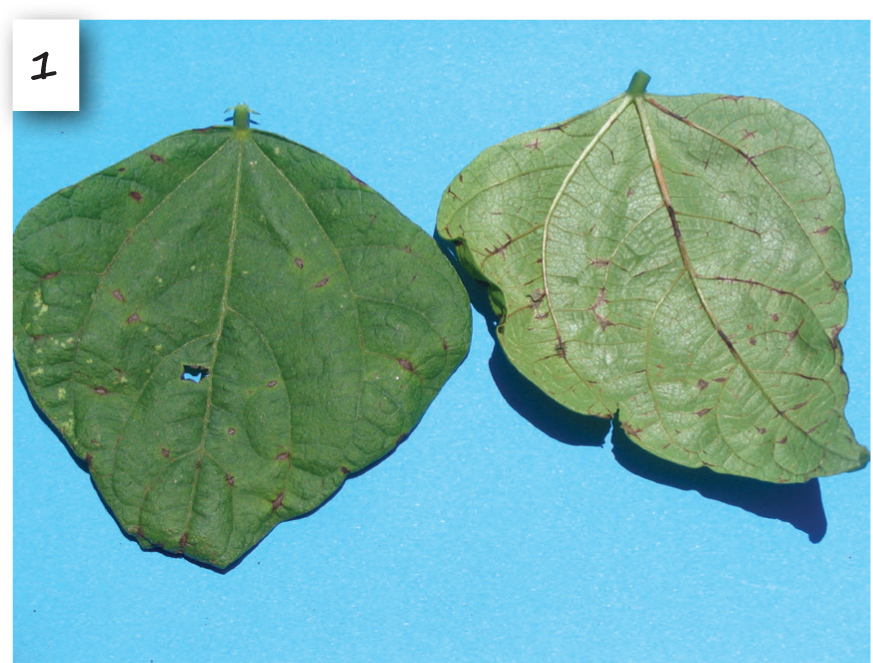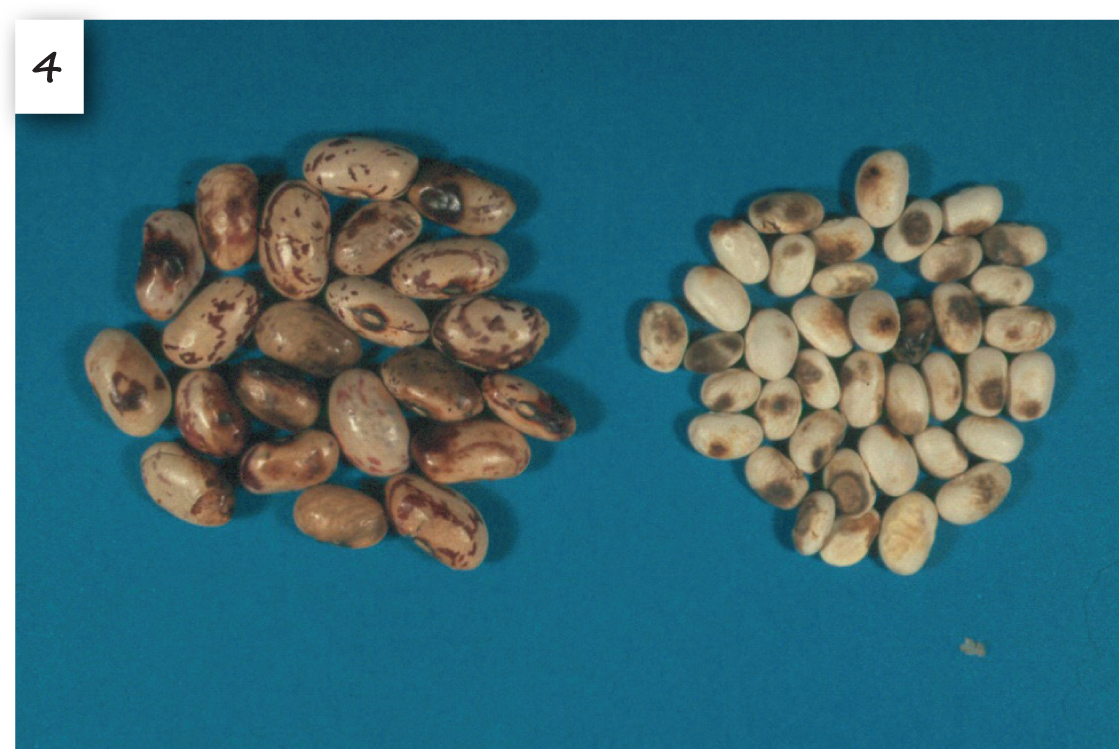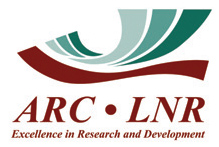
ARC-Grain Crops, Potchefstroom

Dr Bradley Flett,
ARC-Grain Crops, Potchefstroom
In South Africa dry beans are produced by subsistence, small-scale, commercial and large-scale commercial farmers in the Free State, Gauteng, KwaZulu-Natal, Limpopo, Mpumalanga, North West and Northern Cape.
Three types of dry beans produced by these farmers include red speckled beans, small white beans and large white kidney beans. This crop is primarily grown for its nutritional benefits as it contains selenium, molybdenum, potassium, magnesium, folate, iron, zinc, thiamine, vitamin B6, folic acid and protein for human diets. It is furthermore commonly used in local school feeding schemes. A small percentage (15%) of the local dry bean crop is allocated for canning purposes.
South Africa’s dry bean production has historically been very small. However, during the last five years dry bean production only averaged around 65 000 tons, which accounted for less than 1% of the entire summer crop production area. The incidence and severity of diseases were among various reasons for the decline of the dry bean production area. Anthracnose, caused by a fungus Colletotrichum lindemuthianum, is a common, opportunistic seed-borne dry bean disease that is very damaging and results in severe yield and quality losses of commercial cultivars of up to 100% in disease-favourable climates.
Disease cycle and epidemiology
Anthracnose is classified into several races based on its ability to infect specific bean cultivars by region, location and variety. C. lindemuthianum can be transmitted through seed, air and water and can survive for several years on crop residues retained in the field, particularly when the infected residue is on the soil surface. Dry beans are susceptible to infection from seedlings to maturity, depending on climatic circumstances conducive to disease infection and progression. Early infections will result in higher yield losses and increase seed transmission rates.
Primary infections occur at the beginning of the season and primary inoculum originates from soil and dry bean stubble retained on the field. Secondary infections occur when spores develop on mature plant lesions which are then distributed by wind, rain or equipment moving through an infested field. When cool, rainy weather prevails the epidemic develops at a rapid rate. As anthracnose is a polycyclic disease, secondary infections occurring later in the growing season may infect seed but show no visual symptoms. Long-term wet, humid conditions lead to serious epidemics that can cause major yield and quality losses.
Symptoms and occurrence
The pathogen can infect the hypocotyl and cause stem collapse when the stem is girdled. However, the black to dark purple necrotic lesions appear primarily on the plant’s aerial parts (leaves, stems, and pods). Lesions can be easily spotted in the early stages of disease development as small, elongated, dark brown patches that appear on petioles following the vein patterns. Lesions on both sides of the leaf indicate the final stages of disease development.
Severe leaf infections may result in premature defoliation (Photo 1). On the pods, the fungus causes reddish rust lesions or specks that grow into sunken tan lesions encircled by black rings (Photo 2). These lesions can range in size from 1 mm to 10 mm. Contaminated pods may drop or abort developing seeds, resulting in contaminated seed. Lesions on infected seeds cause them to discolour, distort, or shrink. Infected seeds are also likely to have a low germination rate (Photo 3).



Disease management
Anthracnose spores have been recorded to survive up to five years in the soil in some cases, but outbreaks can be effectively controlled by implementing an integrated control programme with the help of a certified plant pathologist. A weekly field scouting for anthracnose symptoms is strongly recommended to ensure the implementation of timely control measures which include the following:
Host resistance
Planting resistant dry bean cultivars and varieties in fields with a history of the disease will reduce yield losses. However, the possibility of resistance breakdown due to pathogen adaptability and the development or emergence of new races of the pathogen may render previously resistant hybrids susceptible, and should therefore be monitored.
Cultural control
After an anthracnose epidemic, rotating with alternate crops such as cereals and non-host crops for at least two years should reduce initial inoculum levels by enabling infected stubble to break down over time. Conventional tillage will also aid in reducing initial inoculum levels.
Correct plant spacing and adequate weed control improve air circulation and reduce moisture in the foliar canopy that can develop conditions favourable to anthracnose infection. Planting dates can be manipulated to avoid cooler conditions that stimulate infection and development of anthracnose epidemics. Overhead irrigation on fields with a history of anthracnose is not recommended because the increased moisture and humidity result in high initial infections and the release of fungal spores from existing lesions on the leaves as secondary inoculum and infection.
Disease-free seed schemes
Planting certified, disease-free seed will prevent the spread of the disease to new areas with no infection history. Seed retained from previously infected fields should not be planted or sold as seed.
Biological control
Individual fungi (such as Trichoderma viridae, T. harzianum, T. hamatum and Gliocladum virens) were used in research studies to cover anthracnose-infected seeds for 15 minutes and dry them overnight before planting. The approach has been reported to be effective in reducing anthracnose and improving seed germination. Biological control of anthracnose is a cost-effective and environmentally friendly strategy, but has gotten little attention. Prior to applying biocontrol agents, producers should request efficacy data from companies marketing such products. Application of ineffective biocontrol products can prove costly and reduce economic income.
Chemical control
Various foliar and seed treatment fungicides are registered and are effective in controlling anthracnose on dry beans. Seed treatment fungicides increase seed germination, reduce anthracnose severity and the occurrence of seed-borne infections. However, seed treatments will not be sufficient when applied to severely infected seed. Foliar fungicides are often used to control anthracnose and improve grain quality and yield. Most foliar fungicides inhibit spore germination but have a limited curative effect once plants are infected. Established field infections may require follow-up fungicide applications.
 Dry bean producers are urged to communicate with their nearest plant pathologist for assistance in developing an integrated disease management system custom made to their needs. They are advised to contact us, the authors, at the ARC-Grain Crops in Potchefstroom on 018 299 6100 for any advice. Should producers notice any disease symptoms in their fields, they are requested to contact us telephonically so we can arrange to fetch or courier isolates. We are always in need of isolates from a wide variety of localities for research purposes and the assistance of producers will be most welcome.
Dry bean producers are urged to communicate with their nearest plant pathologist for assistance in developing an integrated disease management system custom made to their needs. They are advised to contact us, the authors, at the ARC-Grain Crops in Potchefstroom on 018 299 6100 for any advice. Should producers notice any disease symptoms in their fields, they are requested to contact us telephonically so we can arrange to fetch or courier isolates. We are always in need of isolates from a wide variety of localities for research purposes and the assistance of producers will be most welcome.





























